Beijing commuters lose $127 a month on average due to congestion
Updated: 2015-11-25 15:18
(chinadaily.com.cn)
|
||||||||
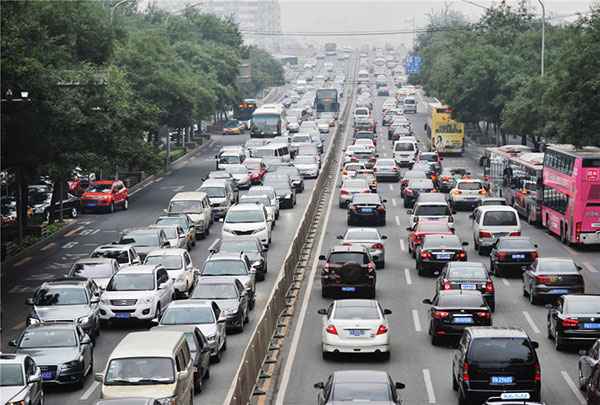 |
|
Traffic grinds to a standstill during the peak rush hour on Monday morning, Sept 22, 2014 near Liujiayao Bridge, Third Ring Road South. [Photo/Xinhua] |
Workers' Stadium North Road, adjacent to Taikoo Li Sanlitun, the capital's busy entertainment zone, was ranked as the country's most congested road at night, with accumulated jams totaling 162 hours from April to July, the quarterly report said.
Beijing's West Second Ring Road was ranked as the most severely congested during the daytime, with drivers experiencing congestion for eight hours per day in the second quarter, the report said.
The Beijing Transportation Research Center, under the city transportation commission, also found worsening conditions in July as the traffic index increased 31.6 percent year-on-year. Rush hour congestion was 36.4 percent higher in July than the previous year.
Following the capital, the top five most congested cities were Hangzhou, Guangzhou, Jinan and Dalian from April to July, according to the traffic jam index, which was calculated by AutoNavi.
Rainstorms were a major reason for extended traffic jams, especially in southern cities, which have been hit frequently by heavy rainfall, said the quarterly report, which is based on data from more than 300 million users.
Guangzhou, for example, had 32 days of rain in the second quarter, which contributed significantly to worsening traffic quality. The rain extended typical journeys by 30 minutes.
Frequent use of vehicles from ride-hailing services was also cited as a major factor in worsening traffic, especially in Beijing, the survey said. The traffic jam index began climbing in May.
"E-hailing services have changed passenger habits on commuting and travel, and the frequent use of private vehicles summoned from the services has put more pressure on rush-hour traffic," said Wang Yujing, a data analyst at AutoNavi.
Wang said increased use of public transportation in rush hours could help the situation.
The report also found that 40 of the 45 major cities surveyed saw worsening traffic conditions when compared to the same period last year. First-and second-tier cities such as Beijing, Shanghai and Chengdu saw more obvious deterioration.
The Beijing Transportation Commission also noted a negative impact from ride-hailing apps.
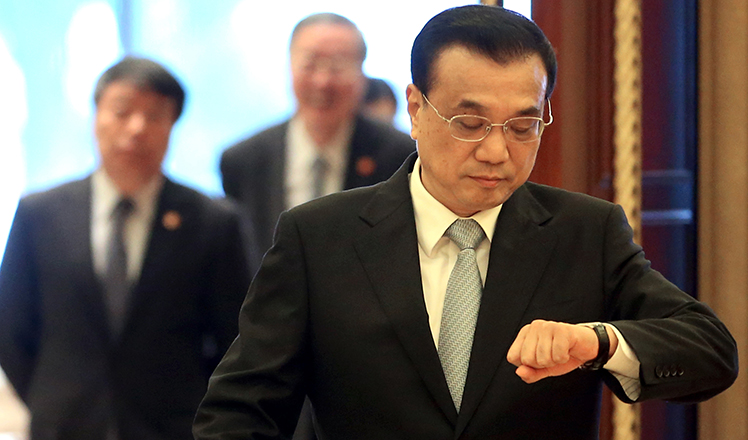
 Premier Li's fast-paced diplomacy
Premier Li's fast-paced diplomacy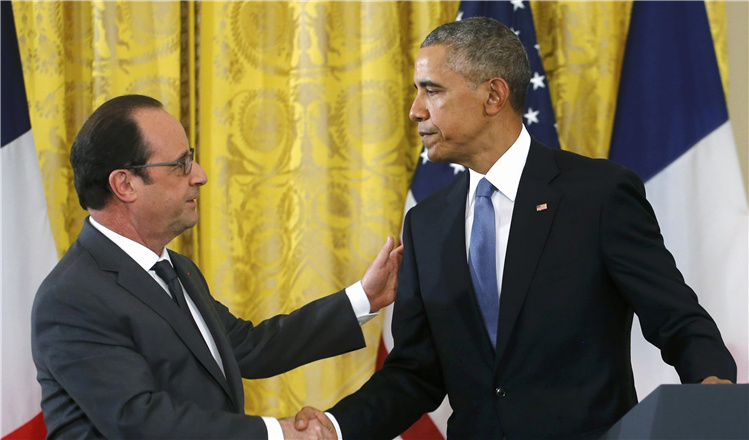
 Obama: US, France stand united against IS, terrorism
Obama: US, France stand united against IS, terrorism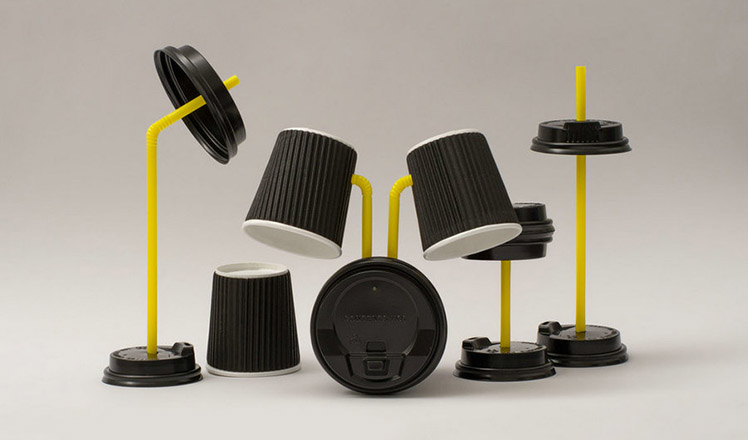
 Charming art made from everyday objects
Charming art made from everyday objects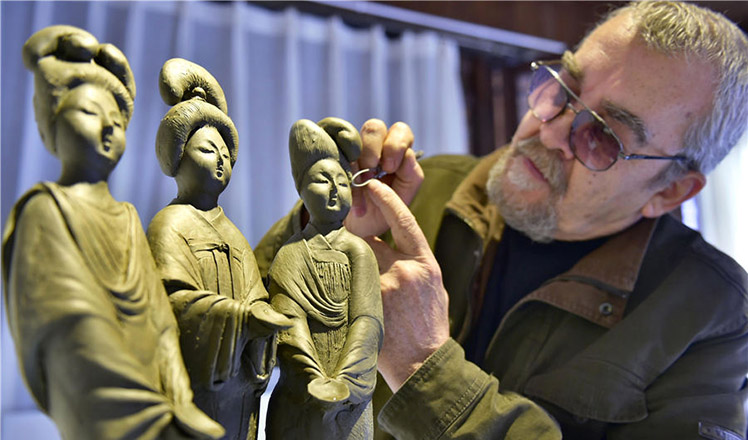
 Ukraine sculptors set up workshop in China
Ukraine sculptors set up workshop in China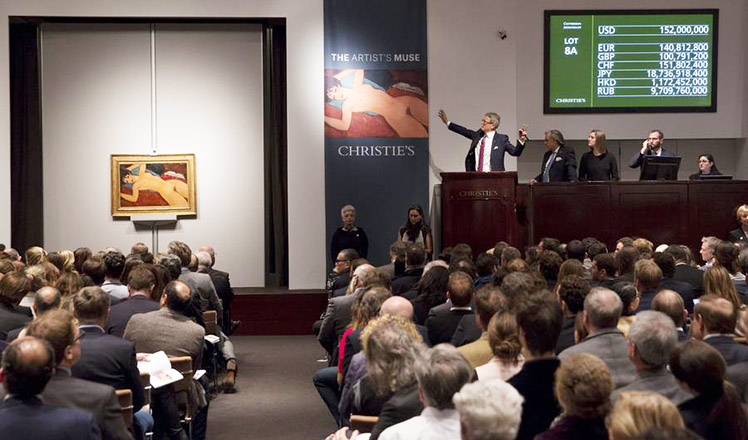
 Billionaire pays for $170m Modigliani with credit card
Billionaire pays for $170m Modigliani with credit card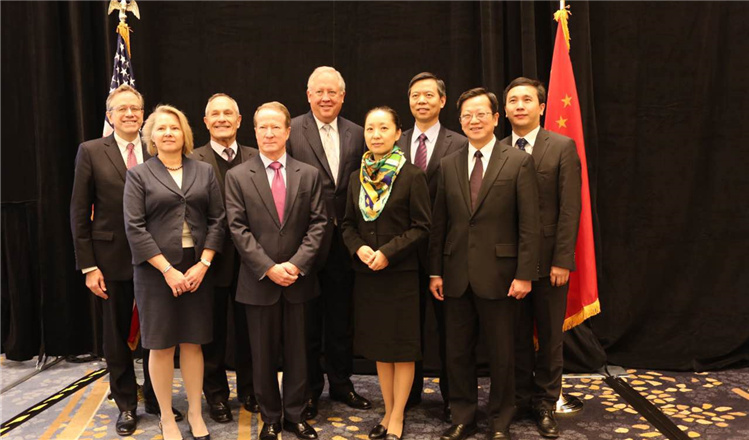
 Crime stoppers meet in DC
Crime stoppers meet in DC
 Premier: China ready to advance Baltic Sea high-speed rail project
Premier: China ready to advance Baltic Sea high-speed rail project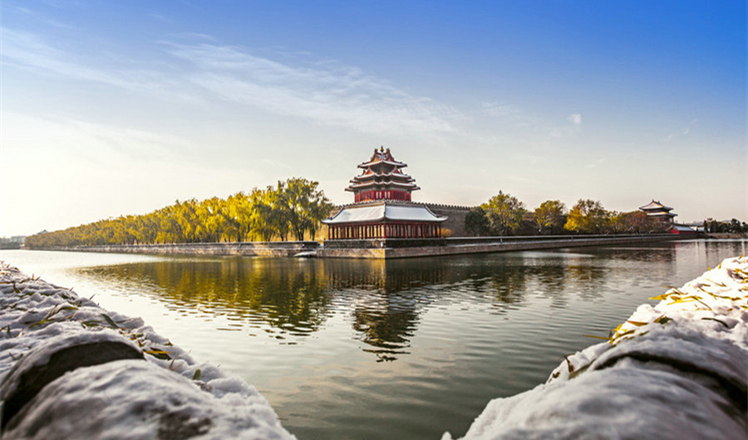
 Beijing greets the sun after 19 days of gloom
Beijing greets the sun after 19 days of gloom
Most Viewed
Editor's Picks

|

|

|

|

|

|
Today's Top News
Chinese president arrives in Turkey for G20 summit
Islamic State claims responsibility for Paris attacks
Obama, Netanyahu at White House seek to mend US-Israel ties
China, not Canada, is top US trade partner
Tu first Chinese to win Nobel Prize in Medicine
Huntsman says Sino-US relationship needs common goals
Xi pledges $2 billion to help developing countries
Young people from US look forward to Xi's state visit: Survey
US Weekly

|

|








